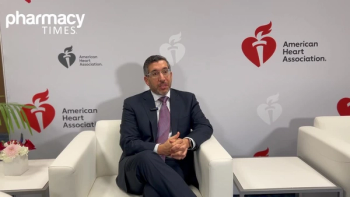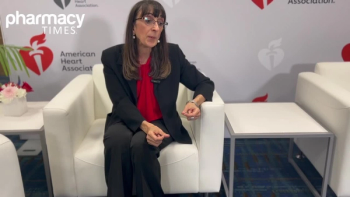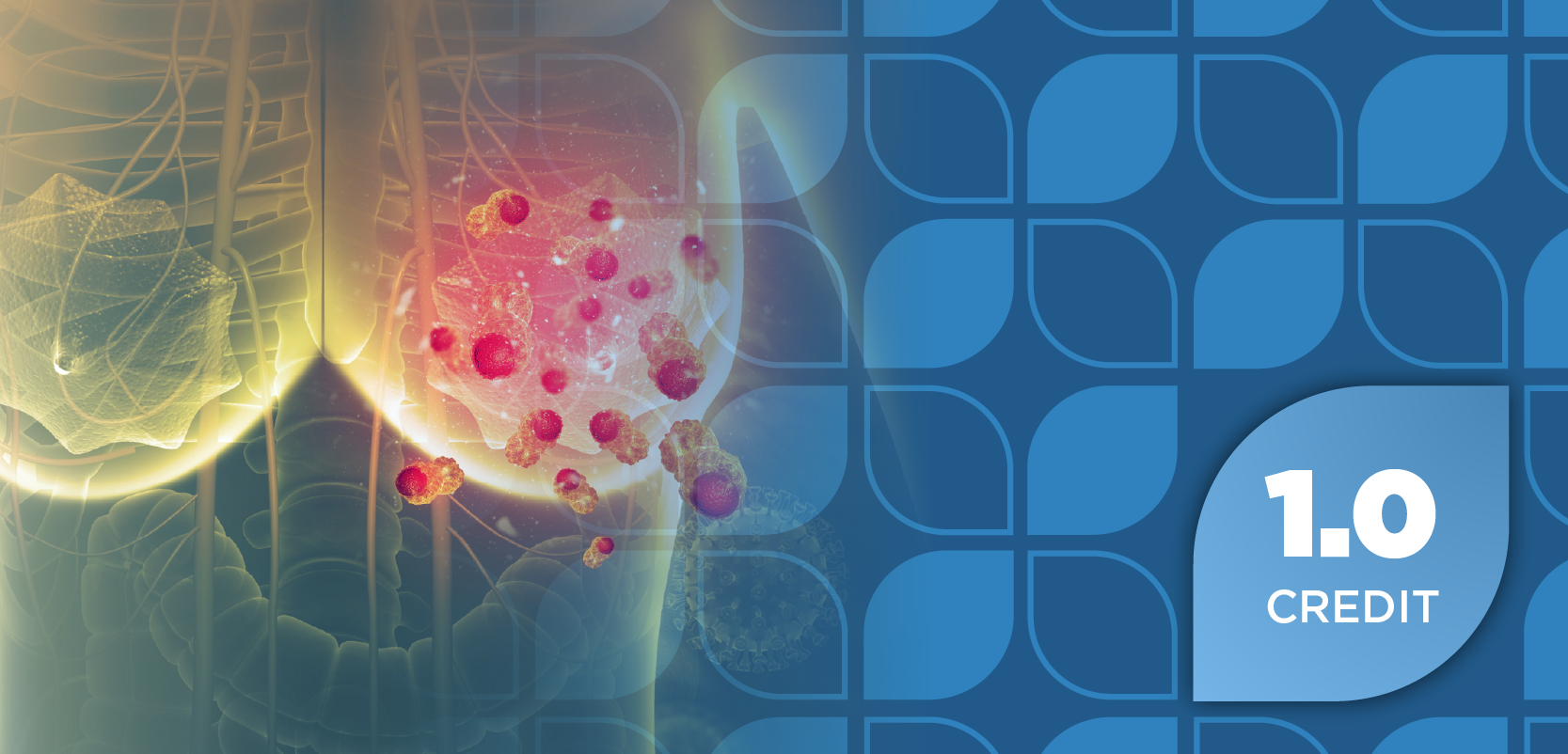
Expert: Implementation Strategies for Opioid Stewardship in Cancer Institutions
Matthew D. Clark, PharmD, highlights a pharmacist-led program that improved opioid safety in cancer care despite regulatory exemptions.
Matthew D. Clark, PharmD, clinical pharmacy specialist in palliative care and opioid stewardship at The University of Texas MD Anderson Cancer Center, continued his
Pharmacy Times: Since cancer institutions are exempt from regulatory opioid stewardship requirements, what motivated your team to develop and implement a program in this setting?
Matthew D. Clark, PharmD: Just because we're not regulated, in a sense—because if you look at most states, patients who are prescribed opioids for a terminal illness or in hospice and palliative care are exempt from most opioid regulations, whether that be from the Joint Commission or Medicare. However, that does not exempt us from safely prescribing opioids. Despite the lack of regulations—and I really hope that changes in the future—we still have to do our due diligence in providing the safest care for these patients. That means making sure they have naloxone ready, making sure they are abstaining from illicit substances, and trying to wean patients off opioids who are deemed to have no evidence of disease.
Even though we’re not being essentially looked at, I’ve always told patients that, as a pharmacist, I took an oath to provide the safest and best care for them. We still owe that to the patient, and we still owe that to our institution, despite the lack of regulations.
For us, our numbers of inappropriate behaviors were at such a steep incline—especially after the pandemic—we really saw a spike in these behaviors to the point where they essentially got out of hand. So we said, “This is worth having an extra team to help care for these patients.” That was what motivated us, because the need was there to help patients who had discrepancies and risk factors for opioid misuse. That was our leading motivation, and thankfully, we got approved to start this team.
Pharmacy Times: How has pharmacist involvement in your program specifically improved safe opioid prescribing and monitoring practices in the cancer population?
Clark: To piggyback off my earlier point, I think our overall presence has led to safer opioid prescribing. Our institution is aware of us now, and our team members are aware of my presence and what I can bring to the team. If they encounter difficult patients who are at risk for opioid misuse or are actively misusing opioids or illicit substances, they know to contact me. They know I will get my team involved, and we will develop a treatment plan for these patients.
The biggest part is that, with our presence, our team is not left alone to help care for these patients. Pharmacy’s involvement in opioid stewardship—which I think is rather new—has made a difference. Just having a pharmacist who can monitor and provide education for patients, as well as provide education to the team through lectures or academic detailing, has helped us move forward into safe opioid prescribing.
Pharmacy Times: For other institutions considering implementing a similar program, what practical steps or lessons learned would you emphasize to ensure success and sustainability?
Clark: First, you need data—because data [are] truth. You need to identify the overall issue in your health care setting regarding opioid prescribing. Are you starting to see an uptick in opioid misuse? Is it that your institution doesn’t have a point person in place to help monitor naloxone prescribing? Collect data so you have a foundation—a blueprint—that you can propose to your governing body. Show the importance of why opioid stewardship is necessary for your program.
Demonstrate what you can provide, whether that’s combining metrics on naloxone prescribing, inappropriate vs appropriate prescribing, urine drug screens, or other measures. Go in with a game plan and with a team. You cannot go in with opioid stewardship by yourself. You need a medical director and team members—whether physician assistants, physicians, nurse practitioners, or other pharmacists—to have that team structure.
From there, propose your plan. That’s essentially what helped us. We went in with a plan, and our institution approved it. Each role is unique in how it contributes to opioid stewardship. For a clinical pharmacist, there is such an opportunity because opioid stewardship is relatively new. With our knowledge of opioid pharmacology, pharmacokinetics, and the risks and dangers of opioids, we can provide valuable education—not only to patients, but also to the team.
So when implementing a program, go in with a plan. Know what you’re going to tackle, know what metrics you’re going to collect, and then you have a proposal. That’s what worked for us.
Pharmacy Times: Is there anything you would like to add?
Clark: Yes, thank you so much for having me today. It was such an honor.
For pharmacists interested in implementing opioid stewardship in their own institution, my biggest advice is to network. A lot of the metrics our team collects come from networking with institutions like Dana-Farber, MSK [Memorial Sloan Kettering], and Cleveland Clinic, which are also developing opioid stewardship programs. You’d be surprised how far you can get when you know people in the field.
I always encourage pharmacists in my position to network, because this is something we have to help each other with.
Newsletter
Stay informed on drug updates, treatment guidelines, and pharmacy practice trends—subscribe to Pharmacy Times for weekly clinical insights.















































































































































































































